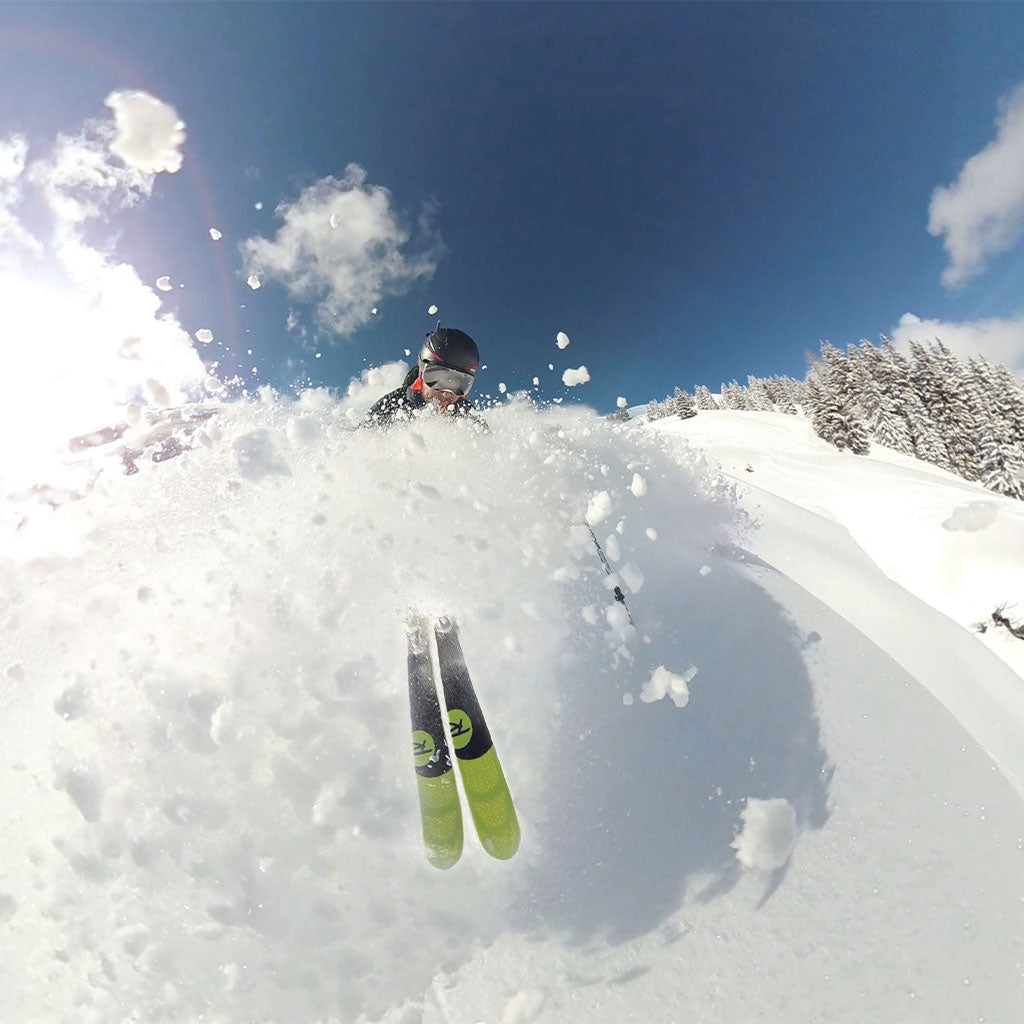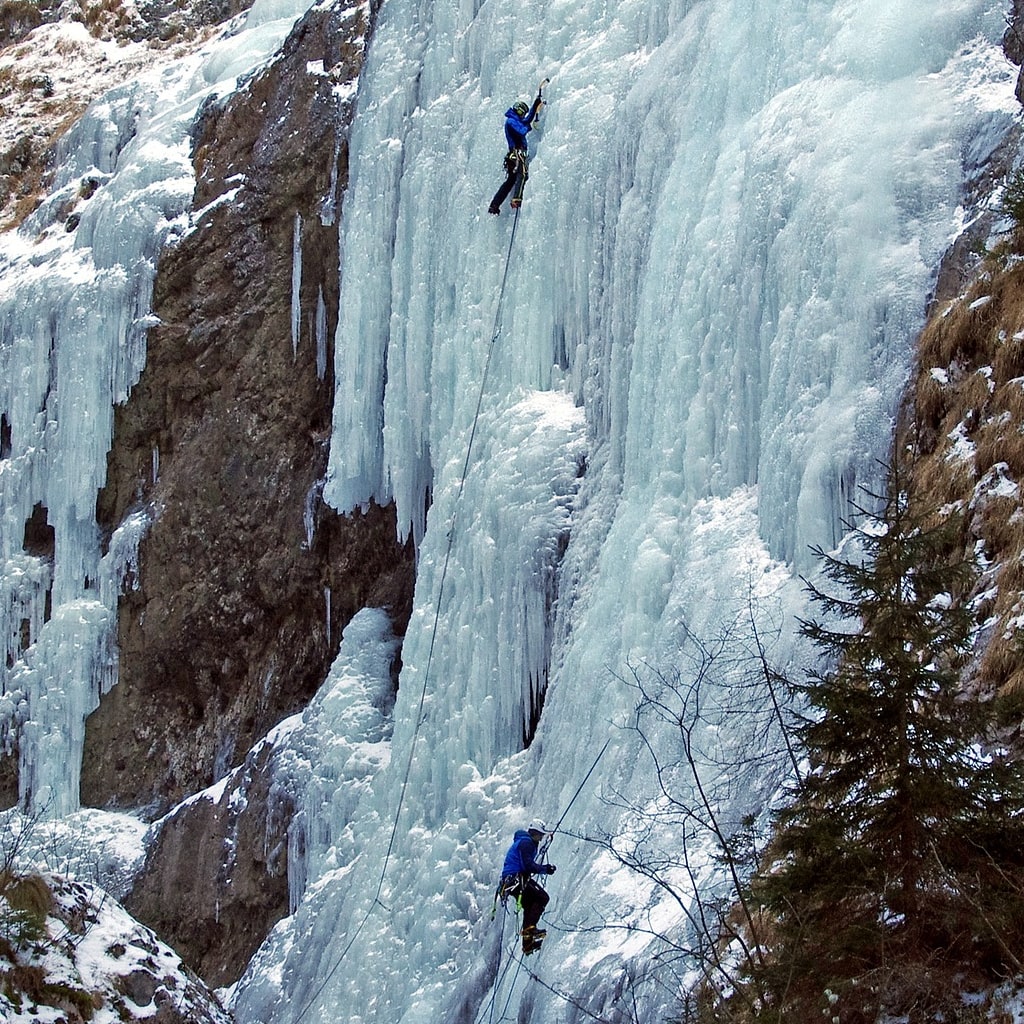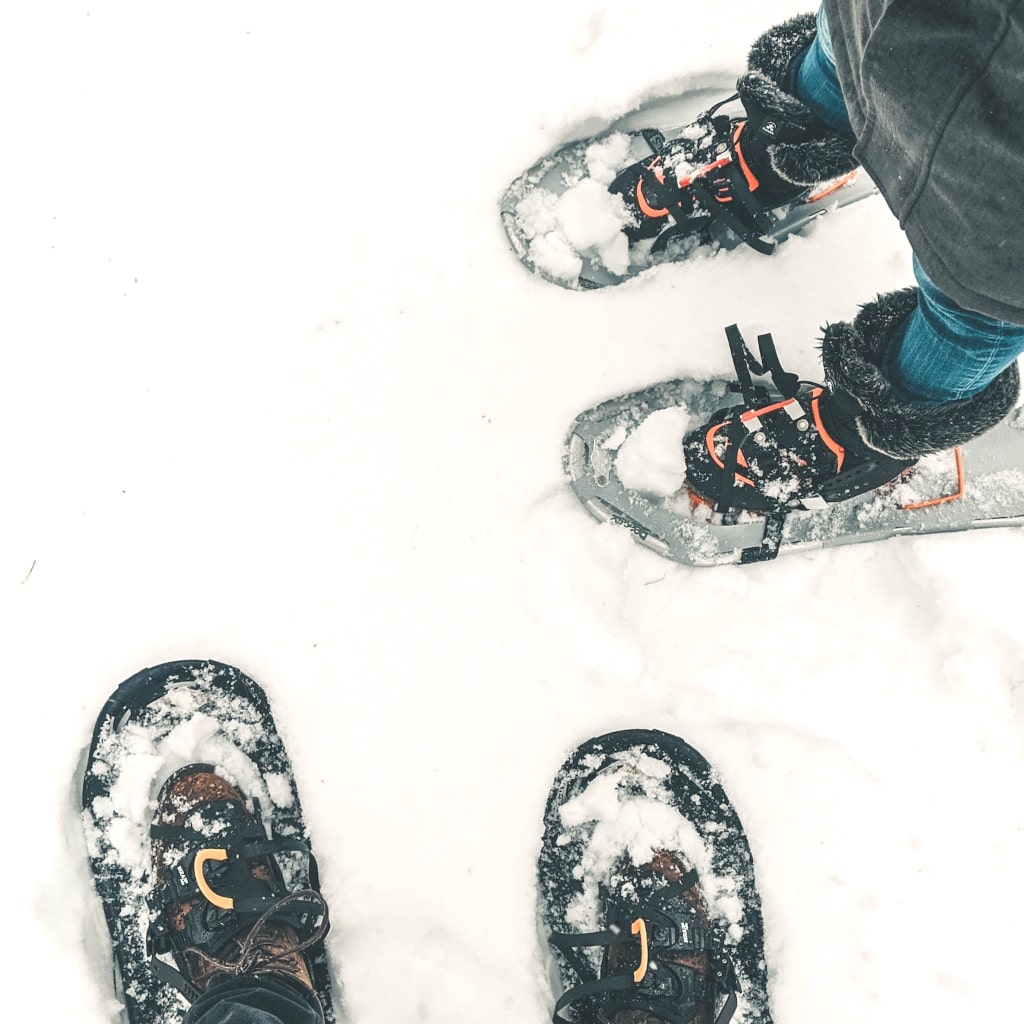Inspired for an Adventure? Check out Beef Stroganoff - Pouch and Beef Stew - Pouch
Add description, images, menus and links to your mega menu
A column with no settings can be used as a spacer
Link to your collections, sales and even external links
Add up to five columns
Add description, images, menus and links to your mega menu
A column with no settings can be used as a spacer
Link to your collections, sales and even external links
Add up to five columns


The ancient roots of many of the most popular winter sports lie, of course, in the realm not of recreation but of practical locomotion in snowy winter and mountain landscapes. Practical, sure, but that certainly doesn’t mean there hasn’t been a strong aspect of pleasure to snow travel from day one: the thrill of skiing down a mountain slope that in summer had to be carefully and laboriously descended, or of floating easily over snowdrifted deadfall and thickets in the white woods on snowshoes, or of cruising at a thrilling clip along frozen riverways by dogsled.
Winter recreation—its DNA encoded with millennia of skillful snow-season trekking and foraging—is a celebration of the special delights that water in its solid phase provides. It’s the reason countless outdoor enthusiasts cheer when the weekend forecast promises heaps of snow; why some mountain peaks are busier during the months of cold and dark than in the warm sunny ones; why a frontcountry lacework of roads that’s just a dull travel corridor from spring through fall becomes its own destination when blanketed in the white stuff.
If you’re new to the singular joys of snowsports, here’s a super-basic, hodgepodge-style overview of some of the signature ones for outdoorsfolk (setting aside things like ice hockey, curling, and tobogganing). Hopefully it'll inspire you to ditch the roaring fireplace (for the time being) and get out there when the drifts start piling up!
Skiing
The signature winter sport of signature winter sports. It all involves some form of long, narrow, and flat shaft bound to your footgear, but skiing of course comes in many forms (and skis themselves in many different corresponding shapes). Downhill (aka alpine) skiing can take place down groomed runs or “off-piste” backcountry slopes. The fixed-heel bindings and gravity focus give conventional downhill skiing its very particular ritual: riding the chairlift upslope, carving at exhilarating speed downslope, riding up again—plus indulging in the cheery on-the-mountain atmosphere and culture of the ski resort.
Then there’s cross-country skiing, a brand of Nordic skiing in which the bootheel is free of the ski binding. If downhill skiing is all about the rush, literal and figurative, of the high-angle, snow-spraying descent, cross-country puts the emphasis on chasing solitude and wintry scenery on more level terrain (though challenging cross-country routes can be plenty hilly). Here again, you can do your thing on groomed trails or explore remote winter wilderness while off-piste ski touring.
Many ski resorts centered on downhill skiing (and snowboarding) also maintain cross-country trail networks. Outside of resorts and sno-parks, you’ve also got snow-covered country lanes and forest backroads at your disposal, if conditions allow.
There’s also the downhill/Nordic mashup of sorts known as Telemark skiing, plus the highly specialized sport of ski jumping.
Virtually anyone can become a proficient downhill or (easier yet) cross-country skier with practice, and there are myriad opportunities for guided instruction.
Snowboarding
Skiing is, in one form or another, thousands of years old; snowboarding’s a mere baby by contrast, having been pioneered in the 1960s with plenty of inspiration from downhill, surfing, and skateboarding. The iconic form is freestyle with its gravity-defying tricks, but there’s also the more formal branch of alpine snowboarding and the adventure route of backcountry (freeride) snowboarding.
Downhill skiing and snowboarding overlap in their settings, whether along established resort pistes or remote ungroomed mountainsides, and while they obviously have distinct cultures to go along with their different mechanics many a slope-lover just goes ahead and embraces them both.
Snowshoeing
Snowshoeing is another genuinely old-school mode of winter travel, developed and refined by a great diversity of North American and Eurasian cultures across thousands of years. While modern aluminum- or plastic-framed snowshoes don’t look much like a traditional latticed wood-and-rawhide model, the basic design principles are pretty much the same. The broad spread of a snowshoe distributes your weight such that you can tromp happily atop drifts through which you’d otherwise be postholing in sheer misery.
Snowshoes give you unrivaled versatility in the winter-scape. They can’t compete with the grace and speed of cross-country skis, but they can access rough and overgrown terrain simply off-limits to a skier. Snowshoeing is a very beginner-friendly form of winter recreation; it’s also a lifelong one.
Ice-climbing
At the other end of the spectrum, ice-climbing is a technical pursuit that takes place on some inherently tricky and very often downright dangerous terrain: severely vertical and glazed over. Mountaineers seek proficiency in ice-climbing to safely negotiate icefalls and frosty cliffs in alpine heights, but the activity is also its own climbing sub-discipline that can be carried out at lower elevations, as on frozen waterfalls and seepy rock faces.
Ice-climbers employ ropes, a variety of short-handled ice tools, ice screws, and other specialized gear to ascend their extreme playgrounds.
Fatbiking
These days, wintertime bicycling doesn’t have to be confined to those hardcore frigid, gloppy, cursing-under-your-breath commutes to and from work. The aptly named fatbike, with its broad and low-pressure tires, makes genuine “snow-biking” on packed trails a thing. Fatbiking grows in popularity every year, and more and more ski resorts are dedicating space on their grounds to the sport.
Dogsledding
Back to the ultra-venerable side of the snow-travel spectrum, shall we? Snowmobiles may have taken over across much of the Northland, but there’s no beating the romance of a dogsled—and many hunters and trappers still prefer this Fido-powered mode of transport for practical reasons. Away from traplines and hunting circuits, dogsled sightseeing tours are popular from Greenland to Norway to Minnesota. And putting the sport in snowsport, meanwhile, there’s of course sled-dog racing, the pinnacle of which is Alaska’s 1,000-mile-long Iditarod.
Whether Huskies or Malamutes or Samoyeds or some other breed or mix, the spectacle of a team of lolling-tongued, steamy-breathed sled dogs surging in their traces along a snowy throughway is unforgettable.
The Wide World of Winter Sports
Snowmobiling, ice fishing, backcountry snowman-building contests and snowball fights: There are lots of other forms of wilderness snow-play out there. And whether you’re skiing back to the vacation cabin for dinner or winding down at a bush camp during a weeklong dogsled expedition, a piping-hot Mountain House meal tastes mighty good out in the winter-wonderland-style great outdoors!

A Beginner’s Ice-Climbing Guide: How to Get Started

15 Best Places To Go Snowshoeing in North America This Winter


Stay Hungry for Adventure
Sign Up for Delicious Outdoor Meals & Exclusive Offers!
By clicking ‘Join Now’, I agree to the Terms of Service and Privacy Policy.


Join the adventure
©2025 Mountain House — All Rights Reserved.
Your Cart is Empty
Continue ShoppingYour Cart
Subtotal
$0.00
EXPRESS PAYMENT METHODS AVAILABLE IN CHECKOUT
Taxes and Shipping Calculated at Checkout
Your ExpertVoice deal.
$[Deal Price]
$[Original Price]
Discount applied at checkout.
On sale now — lower than your ExpertVoice discount.
Not eligible for ExpertVoice discount.














